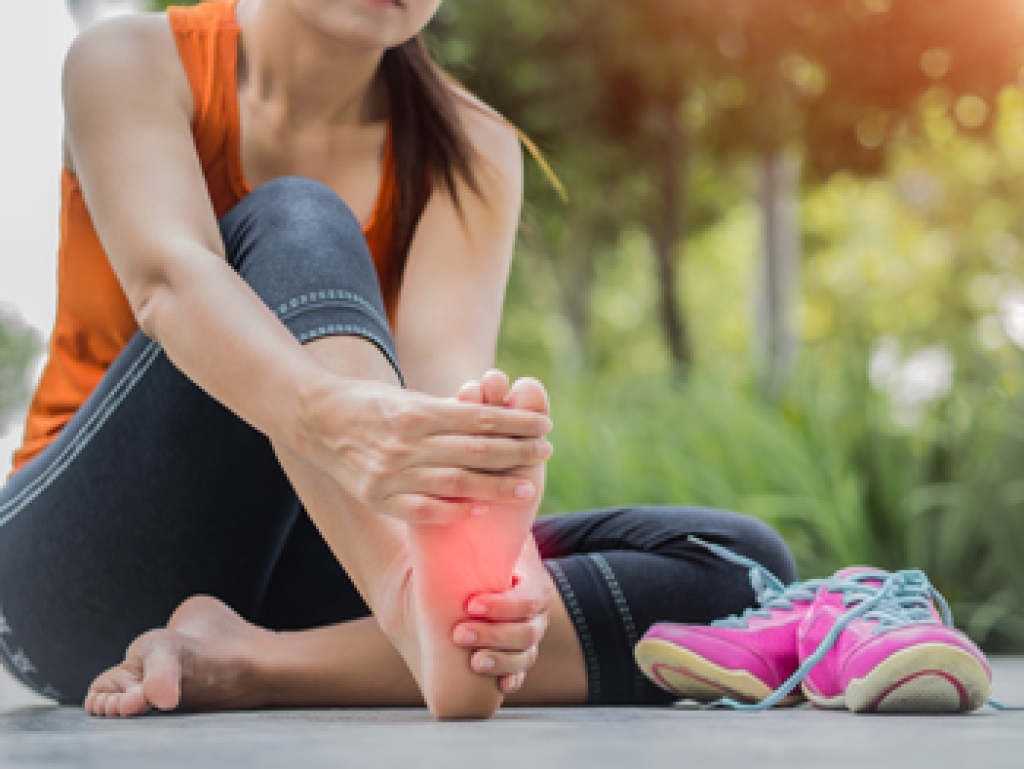
For restaurant workers, choosing the right shoes is essential to maintain comfort, safety, and long-term foot health. Shoes should provide excellent comfort with cushioning in the midsole and supportive insoles that reduce strain on the feet, ankles, and knees during long shifts. Slip resistance is critical to prevent accidents on wet or greasy floors. Durability is also important, as shoes must withstand constant movement, cleaning, and exposure to spills. A well- constructed shoe includes a supportive upper for stability, a comfortable lining to reduce friction, and a resilient insole for added shock absorption. A podiatrist can evaluate foot structure, gait, and work demands to recommend shoes or custom orthotics that improve comfort and prevent pain. If foot fatigue or discomfort is affecting your performance, it is suggested that you consult a podiatrist who can treat various foot and ankle conditions, and guide you on how to choose appropriate work shoes.
While working on the feet, it is important to take the proper care of them. For more information about working on your feet, contact Braden Jenkins, DPM from The Ridge Foot & Ankle Center. Our doctor will treat your foot and ankle needs.
Working on Your Feet
Standing on your feet for long periods of time can cause stress and pain in your feet. Your whole body may experience change in terms of posture, back pain, bunions, callouses and or plantar warts. There are ways to avoid these conditions with proper foot care, smart choices and correct posture.
Positive Changes
Negative heeled shoe – Choosing this shoe type places the heel slightly lower than the ball of the foot. These are great for overall foot health. Find shoes that fit you correctly.
Go barefoot – Our feet were not designed to be enclosed for all hours of the day. Try to periodically expose your feet to air.
Eliminate Pain
Foot Exercises – Performing simple exercises, incorporating yoga and doing stretches are beneficial. This will allow increased blood flow to the area and muscles of the foot.
Achilles tendon – Stretching the foot out flat on the floor will relax the calf muscles and tendon. These exercises can be performed almost anywhere. Make sure you add these exercises to your daily regimen.
With a little bit of this information and knowing more about foot health, you will notice changes. Foot stretches and proper footwear will help with pain and prevent further issues.
If you have any questions please contact our office located in Idaho Falls, ID . We offer the newest diagnostic and treatment technologies for all your foot and ankle needs.




